Name Teun Voeten | Books Tunnel People | |
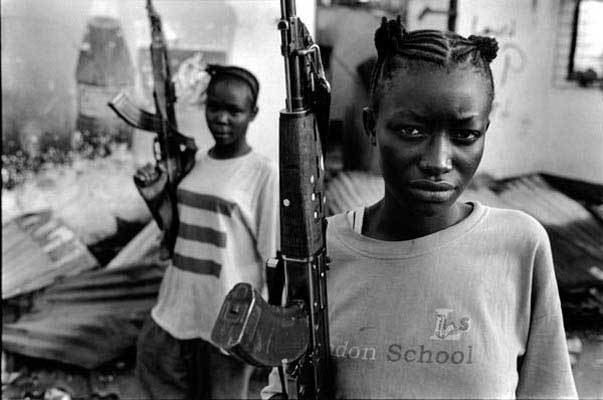 | ||
Teun Voeten - dreaming of better world - excerpt from Who's Wearing Emperor's New Clothes
Teun Voeten (born 25 October 1961 in Boxtel, Netherlands) is an international photojournalist specializing in war and conflicts. In 1996 he published the book Tunnelmensen about the homeless people living in an old rail road tunnel in Manhattan.
Contents
- Teun Voeten dreaming of better world excerpt from Whos Wearing Emperors New Clothes
- Journalism Directors Forum Teun Voeten
- Life and career
- Publications
- Exhibitions
- Current projects
- References
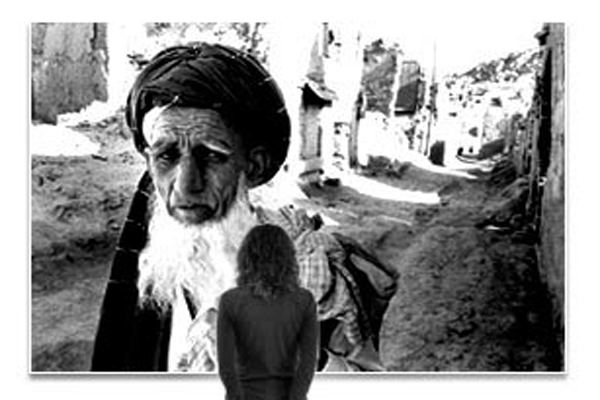
Journalism Director's Forum - Teun Voeten
Life and career
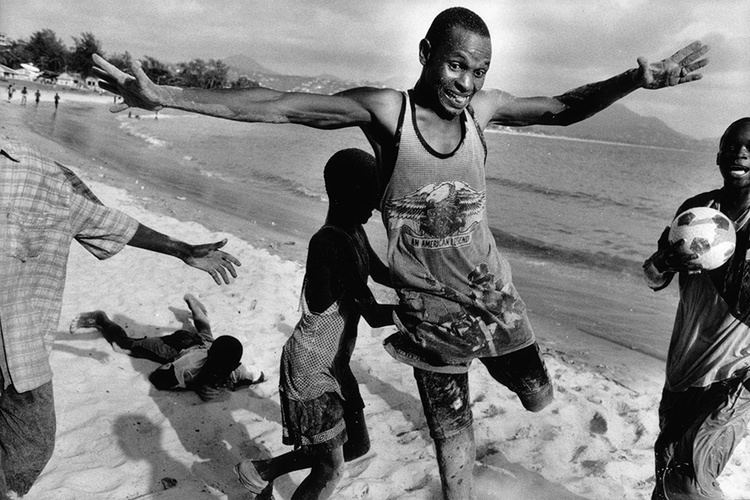
Teun Voeten was born in the Netherlands. He started to take his first photos with a small 35mm point-and-shoot camera while spending one year as an exchange student in New Jersey. Later, during his studies in cultural anthropology and philosophy at Leiden University, he grew more interested in photography and learned the profession by assisting fashion and architectural photographers, both in the Netherlands and in New York, where he attended several courses at the School of Visual Arts in 1989. His first photo trips brought him to the industrial Ruhrgebiet in Germany, but also to the impoverished inner cities of New York, where he photographed the South Bronx and Harlem.

In New York, Voeten was accepted by the photo agency Impact Visuals and did his first assignments for magazines such as Details, EAR and High Times in which he both wrote and took photos. He researched the Provo movement in the Netherlands, covered the race riots in Bensonhurst, Brooklyn (1989), reported from the elections in Nicaragua (1990) and photographed the SCUD attacks on Tel Aviv during the first Gulf War in 1991. Voeten obtained his master's in anthropology in 1991 after carrying out three months of fieldwork using participant observation in a remote community of gold diggers in the Andes in Ecuador. After his graduation, he moved to Brussels and started to cover the unfolding civil war in Yugoslavia. In the following years, he became a full-time war correspondent, covering the conflicts in Haiti, Rwanda, Colombia, Afghanistan, Sierra Leone and Sudan for publications in the Netherlands, Belgium, Germany and the USA.
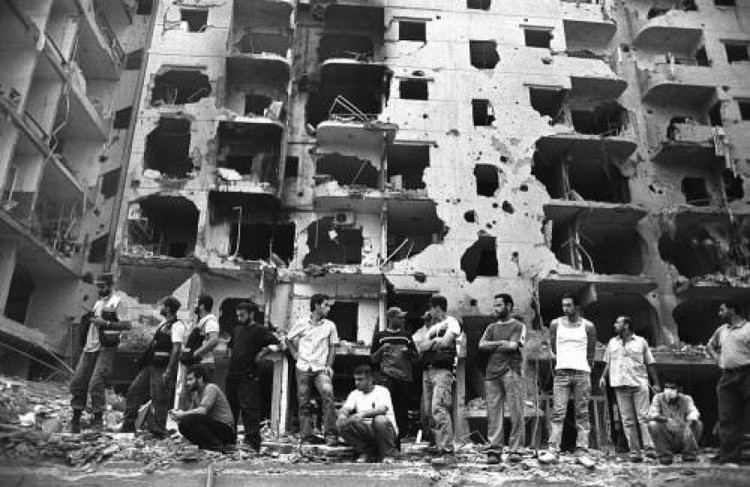
In 1998 Voeten became headline news in the Netherlands when he went missing during the civil war in Sierra Leone. The Dutch Journalist Association NVJ was ready to send a search mission of fellow journalists, when Voeten resurfaced after hiding for two weeks from rebels searching for him.
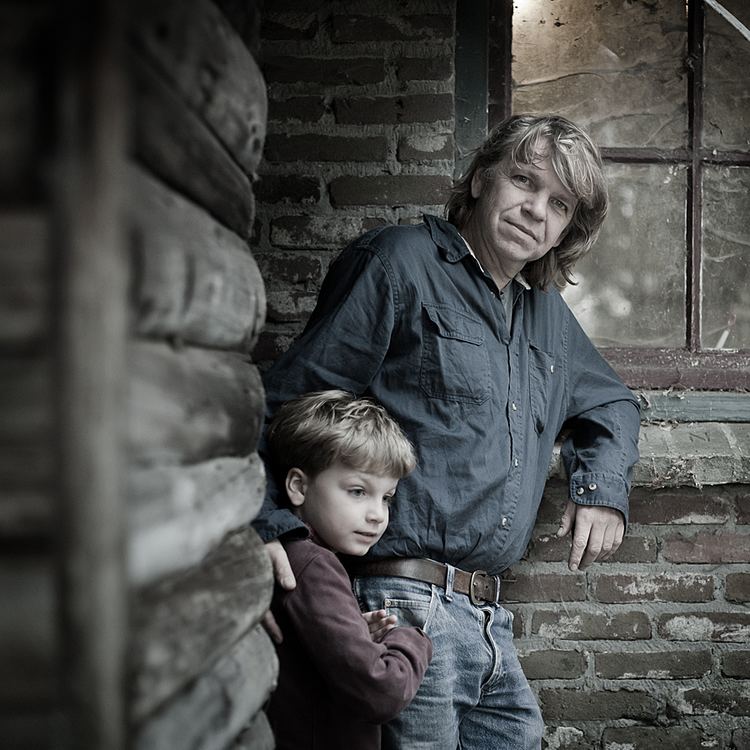
In 2000, Voeten was accepted in the London-based agency Panos Pictures, and moved to New York. Together with writer Sebastian Junger, he made several reportages for Vanity Fair about the mass killings in Kosovo, blood diamonds in Sierra Leone, the civil war in Liberia, women-trafficking on the Balkans, American army units in Afghanistan and the controversial Chinese entrepreneurs in Africa. In 2001, together with writer Andrew Cockburn, he covered the trail of conflict diamonds in Sierra Leone, DR Congo and Angola for National Geographic magazine.

Voeten arrived in Baghdad just after the American-led invasion of 2003 and photographed the immediate aftermath of the war. Six months later he returned to Iraq and was embedded with the US forces for Maclean's magazine with Canadian writer Sacha Trudeau. Over the last years, Voeten photographed the American troops in Afghanistan a few more times more. He also worked in the Gaza strip (Israeli bombardments), the DR Congo (ongoing civil war) and North Korea (daily life and socialist-realist architecture) as well as the refugee crisis in the Darfur area. He also focused on more documentary subjects such as daily life in Iran and coal mining and pollution in China. He later covered the Mexican drug war and the Arab uprisings of 2012 in Egypt and Libya.
Work from Voeten has appeared in Vanity Fair, The New Yorker, The New York Times Magazine, National Geographic, Newsweek, Time, Granta, Village Voice, Vrij Nederland, De Volkskrant, NRC, De Standaard and the Frankfurter Allgemeine Zeitung. He is also a contributor for humanitarian agencies such as International Committee of the Red Cross, Human Rights Watch, Médecins sans frontières, UNHCR and Amnesty International and other non-governmental organizations.
Publications
In 1994, Voeten did an article about a community of homeless people that were living in an old rail road tunnel in Manhattan. He found this fascinating and later lived in this underground community for five months. This research and experiences were worked into the journalistic/anthropological account Tunnelmensen (1996) and, translated and revised, appeared in 2010 as Tunnel People. The work he did in Bosnia as well as from so-called forgotten wars such as Afghanistan, Colombia, Sudan and Sierra Leone appeared in the photobook A Ticket to, in 1999.
Voeten's experiences from his nearly disastrous trip to Sierra appear in How de Body? Hope and Horror in Sierra Leone (Amsterdam, 2000; New York, 2002). From 2009 till 2012, Voeten documented the drug war in Mexico. His photobook Narco Estado: Drug Violence in Mexico was published in 2012.
Exhibitions
Voeten has had exhibitions in many galleries and museums in Europe and the USA such as Guislain Museum, Ghent; Emerging Collector Gallery, New York; Umbrage, New York; PDNB Gallery, Dallas (TX) and the Museum for Photography Rotterdam.
Current projects
In 2009, Voeten started to focus on drug violence in Mexico and made numerous trips to the flashpoints of the drug war, Ciudad Juarez, Culiacan and Michoacan. He not only made photos and wrote articles but also shot a video documentary for Dutch TV about growing up in the most dangerous city in the world, Ciudad Juarez.
As a guest curator for GEMAK, a dependence from the Den Haag Fotomuseum in the Netherlands, he organized a war photography exhibition, "10 years after 9/11" that featured 30 internationally renowned photographers covering war, such as Tim Hetherington, Simon Norfolk, Teru Kuwayama, Geert van Kesteren, Mohammed Abed and Nina Berman.
In 2012, shocked by the cruelty in Mexico and trying to put 22 years of experience into an academic perspective, Voeten started a PhD in anthropology at Leiden University, on extreme violence in the Mexican drug war.
In 2015, Voeten started working together with Maaike Engels on the project Calais: Welcome to the Jungle, a documentary about the Calais jungle. On 15 January 2016 he was assaulted and robbed by three migrants there. The attackers carried a knife and pepper spray. Voeten uploaded a video of the event on his YouTube channel.
